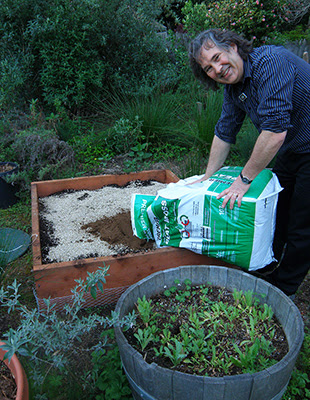 |
| US White Shrimp: Large and Reasonably Sustainable |
Recipe Adapted from Recipes from the Root Cellar
I love shrimp and have noticed that readers do too. However,
in years past it’s not been easy to find sustainably produced shrimp. Old
school fisheries involve dragging a net along the bottom of the ocean, with a
huge amount of bycatch:
about 4 lbs. for every 1 lb. of shrimp caught. Many shrimp farms are open to
the ocean, leaching antibiotics, commercial fish food, and shrimp waste into
the environment. Some shrimp farmers destroy native mangrove ecosystems to
build farms. Luckily, the Monterey Bay Aquarium publishes sustainable shrimp guidelines, and they are getting easier to follow. Trending now are
hook-and-line caught shrimp and closed-system farms. The rebuilding of the US
Gulf of Mexico fisheries after Hurricane Katrina and the pioneering of closed-system farming enterprises in Thailand and Vietnam are both great news
for shrimp eaters. And if I’m reading the guidelines
right, we can now buy sustainable shrimp at Costco for under $10 per pound.








